Yellow Butterfly African Iris – Dietes Bicolor – 1 Gallon Pot
$29.97 Original price was: $29.97.$20.98Current price is: $20.98.
SKU: D2LSC 1892254200 Category: PERENNIAL PLANTS
- Elevate Your Shopping Experience
- Get Quality, Get More
- 7-Day Returns, 100% Quality
- Protect Your Wallet with Safe Payments

Yellow Butterfly African Iris
Dietes bicolor aka Moraea bicolor
Other Common Names: African Iris, Peacock Flower, Fortnight Lily, Butterfly Flag
Plant Details
USDA Plant Hardiness Zones: 8a-10b Find Your Zone
Plant Type: Perennial
Height at Maturity: 18-20″ / Flower stalks to 24″
Width at Maturity: 48″ or more
Spacing: 24-36″ for mass plantings; 60″ or more for space between plants
Spacing: 24-36″ for mass plantings; 60″ or more for space between plants
Growth Habit / Form: Clumping, Grassy, Upright
Growth Rate: Moderate
Flower Color: White with Yellow and Lavender accents
Flower Size: 2.5-3″
Flowering Period: Months in Spring!
Flower Type: Orchid-like
Fragrant Flowers: No
Foliage Color: Green
Fragrant Foliage: No
Berries: No
Berry Color: No
Sun Needs: Dappled Shade, Morning Sun with Afternoon Shade
Water Needs: Average
Soil Type: Clay (amended), Loam, Sandy, Silt
Soil Moisture / Drainage: Well Drained, Moist
Soil pH: 6.0 – 8 (Slightly Acid to Alkaline)
Maintenance / Care: Low
Attracts: Butterflies, Visual Attention
Resistances: Deer – more info, Disease, Heat, Humidity, Insect, Wet Soil
Description
The Yellow Butterfly Iris, also known as African Iris or Peacock Flower, produces beautiful flowers with primrose yellow petals and orange spots and deep burgundy to almost black markings around the eye zone. The 2 to 3 inch diameter flowers are held atop very sturdy stems throughout the warmer months. When not in flower, the upright and arching narrow evergreen leaves form an attractive clump that provides a nice vertical accent in the landscape year round. Excellent for garden beds and containers and can even be grown as a houseplant provided there is sufficient light. This Iris will tolerate short dry periods however prefers a consistently moist to wet soil for best performance. May grow outdoors in USDA Zone 8b with liberal mulching.
Landscape & Garden Uses
Growing in an upright clump 3 to 4 feet tall and 2 to 3 feet wide, the Yellow Butterfly African Iris is ideal for use as a specimen, in groupings or mass planted in sunny to partially shaded landscape borders. It also serves well as a vertical accent in pots, planters and other containers. Provides a nice grassy texture and vertical accent in home foundation plantings.
Suggested Spacing: 2 to 2.5 feet for mass plantings; 6 feet or more for space between plants
How To Measure Total Square Feet Of A Planting Area
How Many Plants Needed To Cover A Planting Area?
Note: For our customers who live and garden north of USDA Plant Hardiness Zone 9a, where the Yellow Butterfly African Iris is not reliably winter hardy, you’ll be happy to know it can be grown in containers that can be brought indoors during winter and placed back outside when temperatures warm up in spring.
Growing Preferences
The Yellow Butterfly African Iris is easy to grow when planted in most any moist to wet soil of average fertility in full sun to part shade. Plants are moderately drought resistant when established. The plants are hardy to about 20 degrees F but can be grown in containers that can be brought indoors during winter in cooler climates.
Note: Find helpful advice from our experts under the Planting & Care tab above on desktop monitors and below on mobile devices.
Plant Long & Prosper!
Meet The Wilson Brothers & Staff
Questions? Contact Us!
I have wanted this plant for years, having seen it in other yards. It was packed so well that when I received it, I just cut the 2 of them out of their box and watered them. The plants are beautiful and have already give me a few blooms. Love the yellow flower and the grace of the long strand of leaf. You have great plants at Wilson Bros. I have told my neighbors too, Thank you.——————————————You’re welcome! Thanks for the kind words and awesome review! We are so glad you are pleased and we hope you enjoy them for years to come! 🙂 Beth Steele | WBG
Be the first to review “Yellow Butterfly African Iris – Dietes Bicolor – 1 Gallon Pot” Cancel reply
Related products
Sale!
PERENNIAL PLANTS
Sale!
PERENNIAL PLANTS
Sale!
Sale!
PERENNIAL PLANTS
Sale!
PERENNIAL PLANTS
Blue Hobbit Sea Holly (Eryngium Planum) – 5 Pack Of Quart Pots
Sale!
PERENNIAL PLANTS
Sale!
PERENNIAL PLANTS
Sale!
PERENNIAL PLANTS


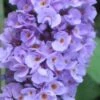

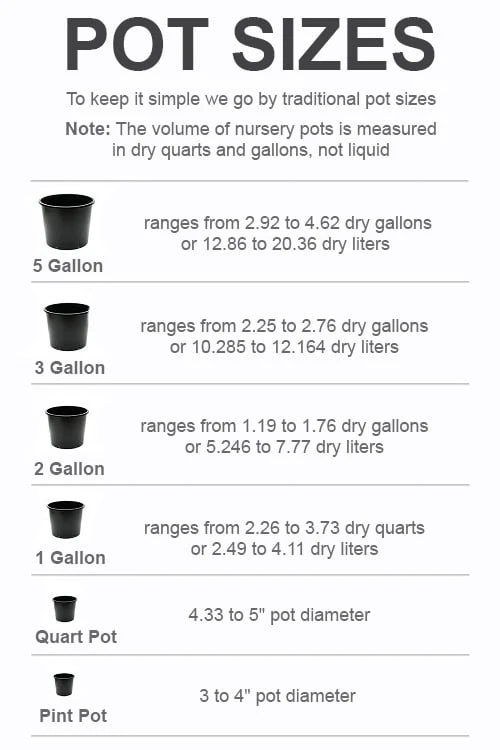



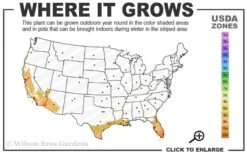
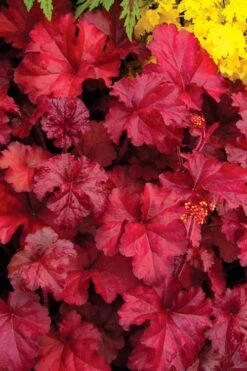



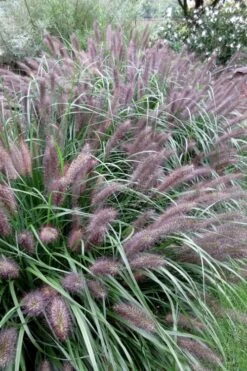
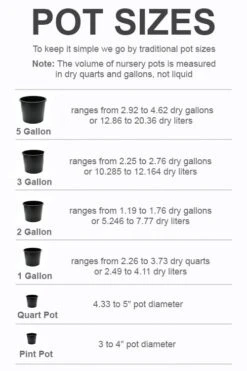
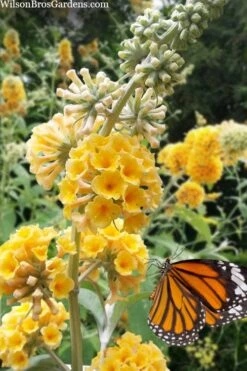

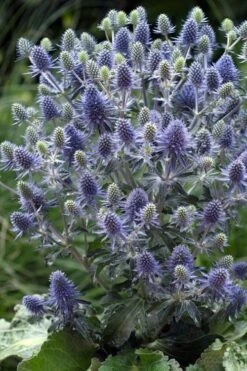
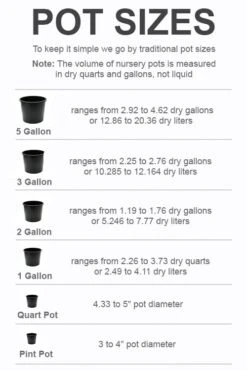
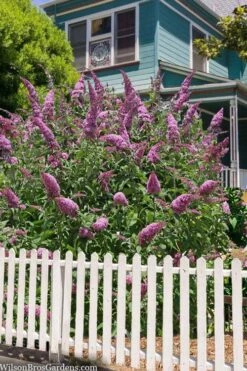
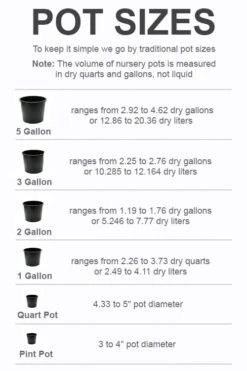

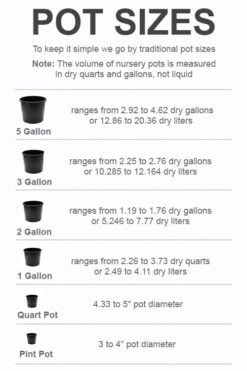

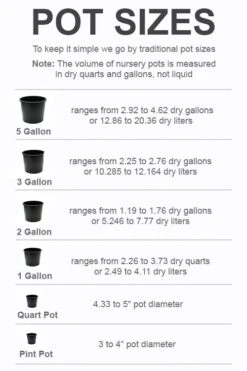
Reviews
There are no reviews yet.